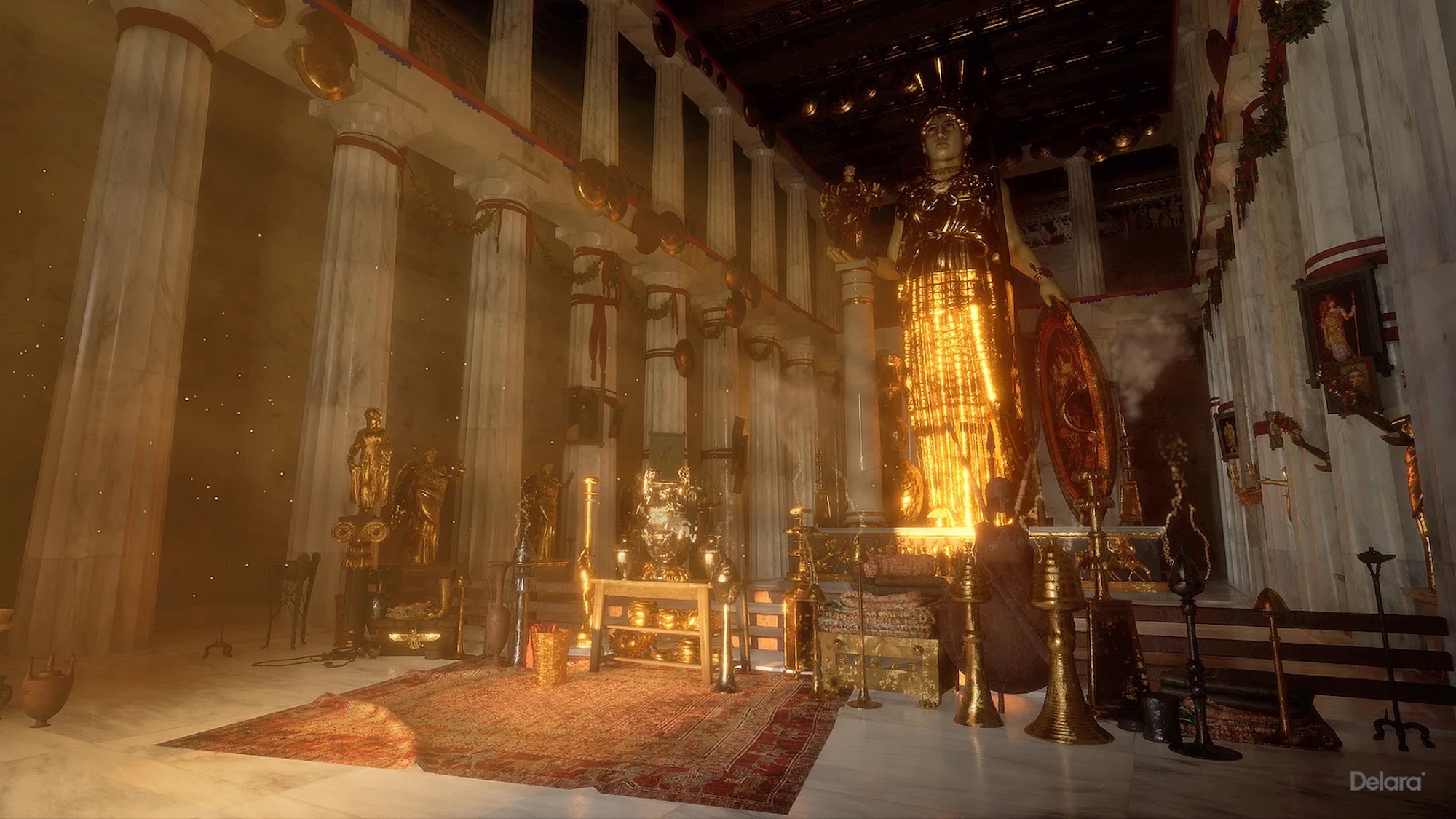Now Reading: Step Back in Time: Witness the Parthenon of 432 BCE
-
01
Step Back in Time: Witness the Parthenon of 432 BCE
Step Back in Time: Witness the Parthenon of 432 BCE

Fast Summary:
- Multiyear effort using 3D computer modeling and past data has digitally recreated the Parthenon at its peak in 432 BCE.
- Led by Oxford archeologist Juan de Lara,the project combines historical sources,astronomical details,and CGI technology to render an accurate visualization of the ancient Greek temple dedicated to Athena.
- The Parthenon featured a central 40-foot-tall statue of Athena made from gold and ivory using techniques involving softened ivory veneers.Designed by renowned sculptor Phidias, the statue was positioned for optimal light effects accentuating its grandeur.
- Marble construction with polished stone illumination enhanced the temple’s striking appearance; dim lighting combined with incense maintained an atmosphere of awe. During every fourth summer Panathenaic Festival, sunlight dramatically lit up Athena’s golden robes-a calculated staging effect by architects and artisans.
- De Lara highlighted how religious experiences at Greek temples often varied based on geographical context, deity symbolism, and cult origins but progressed into intentionally staged spectacles during the Hellenistic period.
- The project envisions future virtual recreations being integrated into museum exhibits or VR headsets to simulate first-person experiences of historic landmarks.
Indian Opinion Analysis:
This advanced use of CGI technology highlights a significant evolution in how history can be studied and experienced. For India-a country rich in ancient architectural marvels such as Khajuraho temples or Sun Temple Konark-such virtual recreations could offer transformative tools for education and tourism while preserving cultural heritage. By enabling global audiences to virtually experience India’s iconic structures through detailed reconstruction efforts akin to that of de Lara’s Parthenon project, museums may gain dynamic exhibits attracting greater interest.
Additionally, such projects underscore how combining archaeology with modern technologies like CGI can deepen understanding about ritualistic practices tied to architectural design similar across civilizations-including India’s highly symbolic temple layouts anchoring astronomical alignments. With proper investment into similar initiatives domestically, India might both elevate cultural dissemination worldwide while pioneering cutting-edge methods safeguarding tangible/intangible legacies against time’s erosion.
























